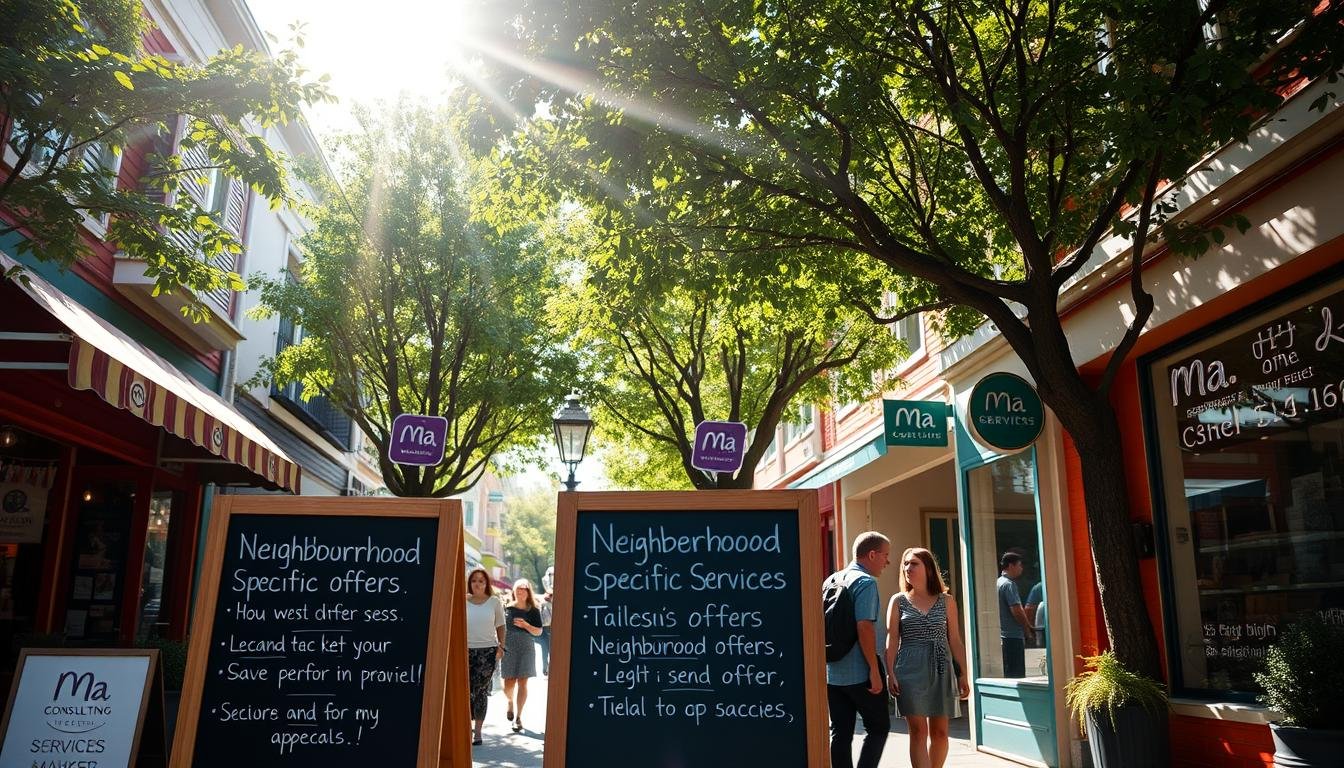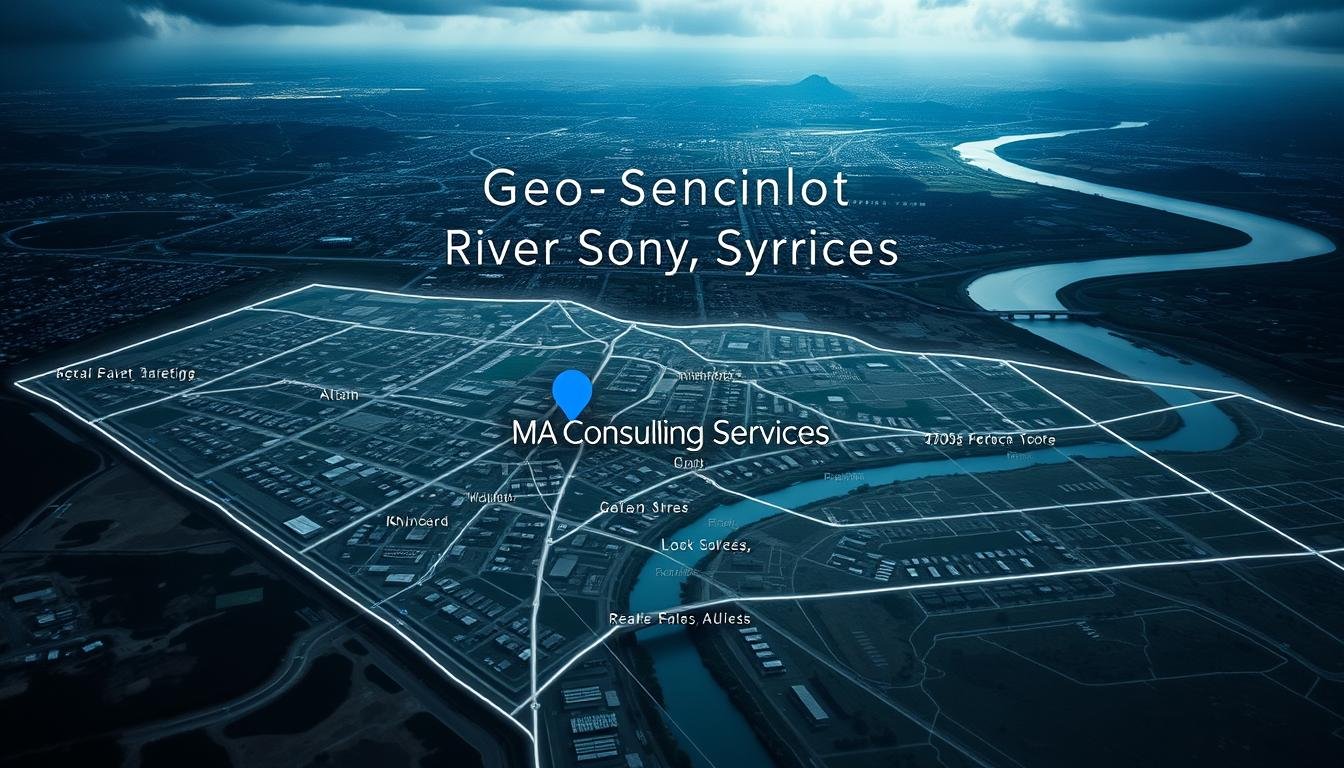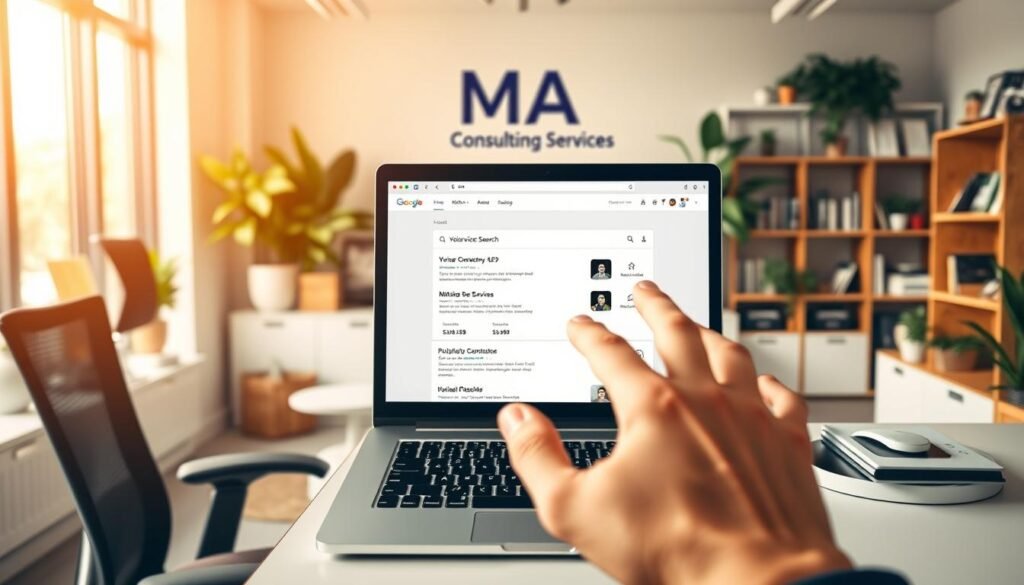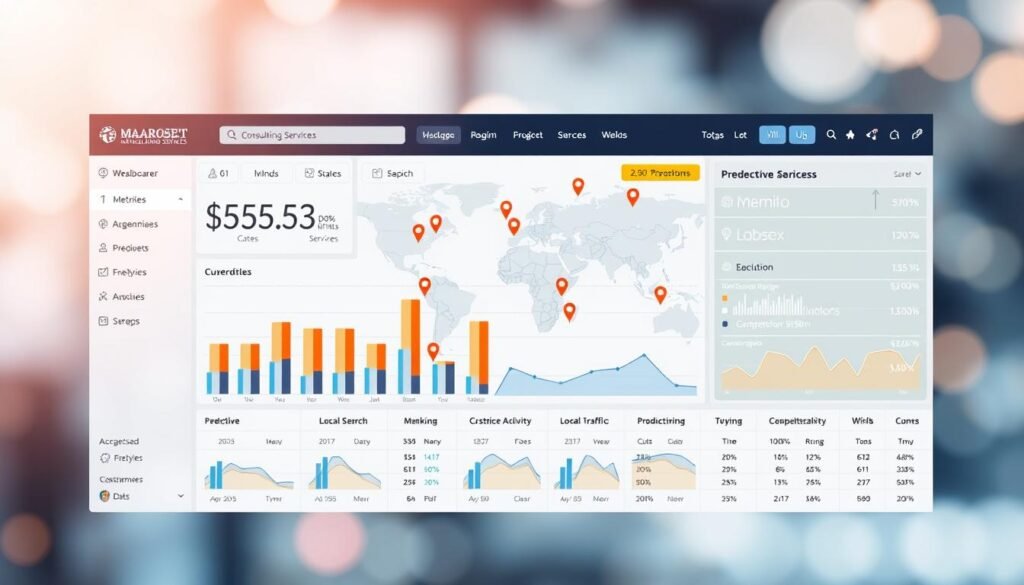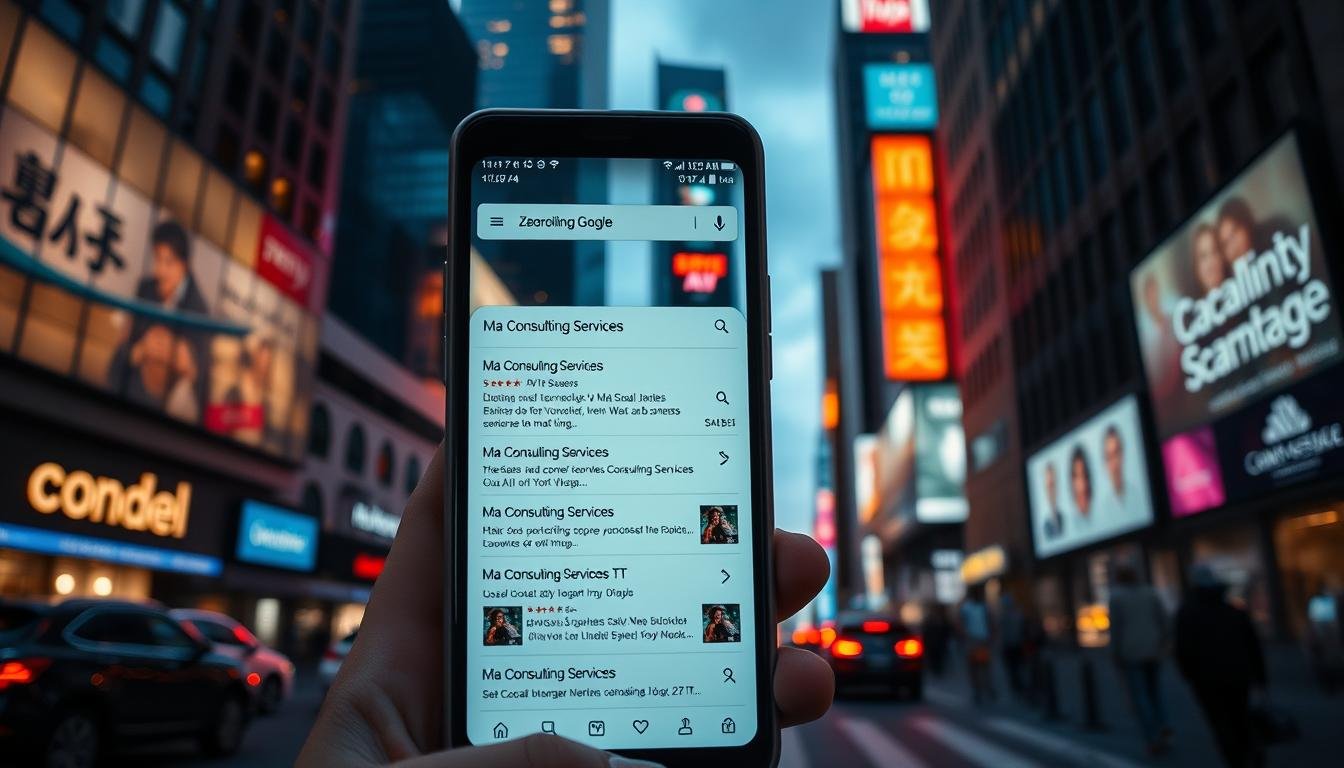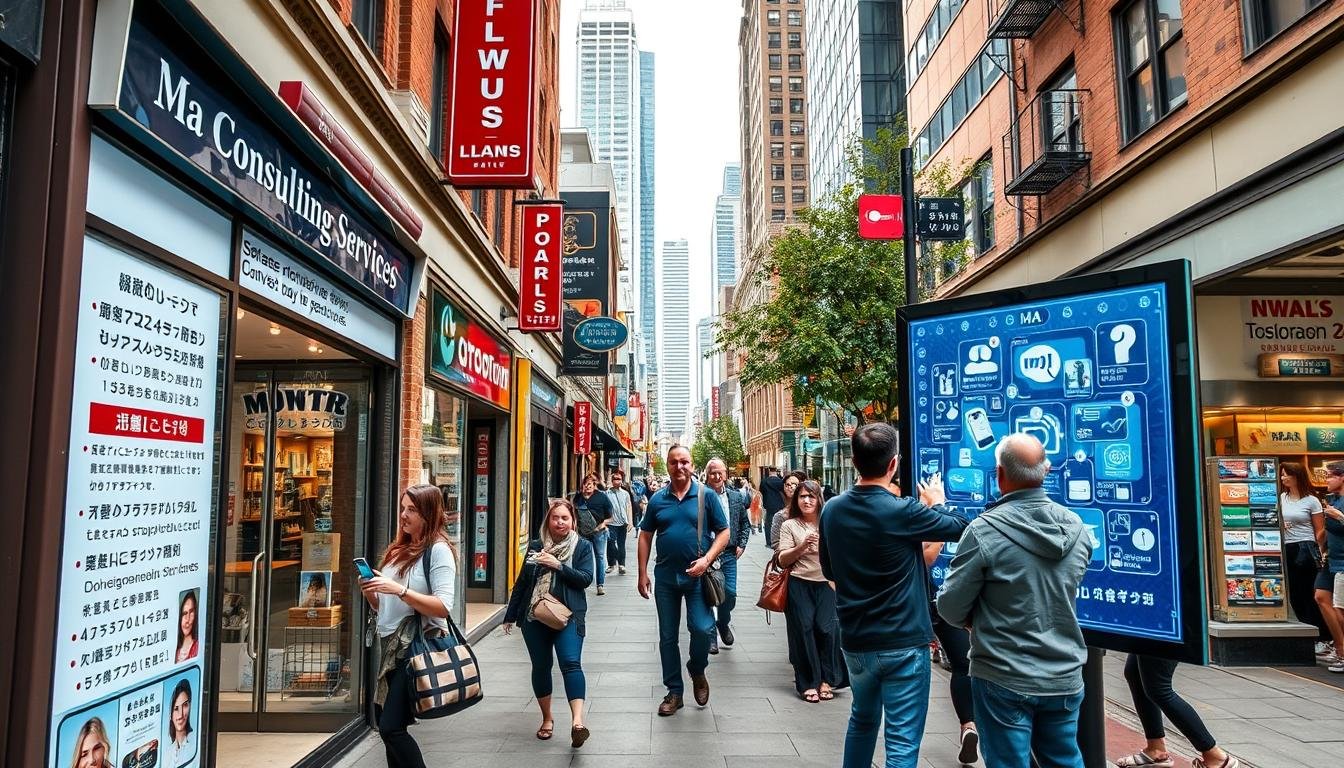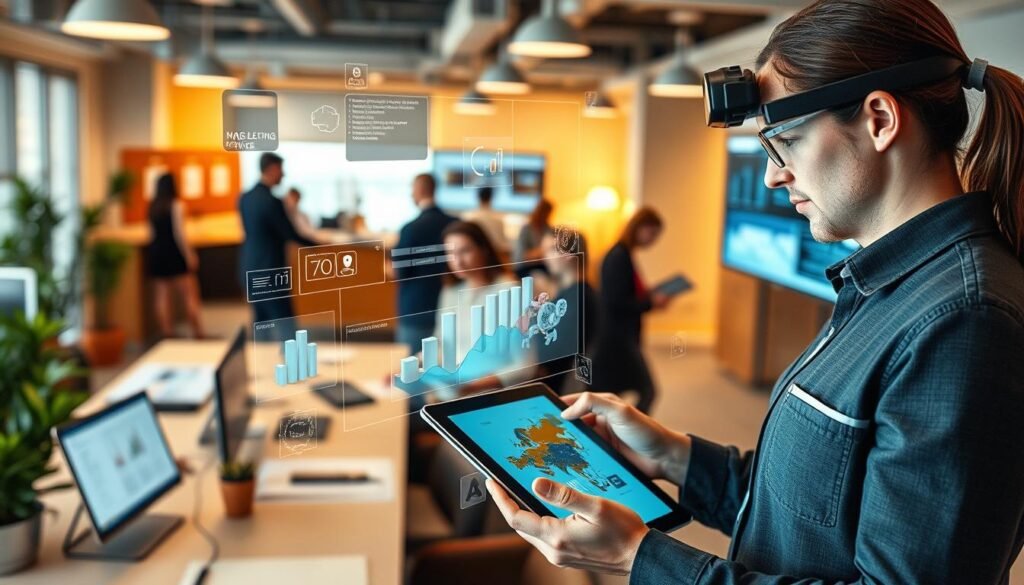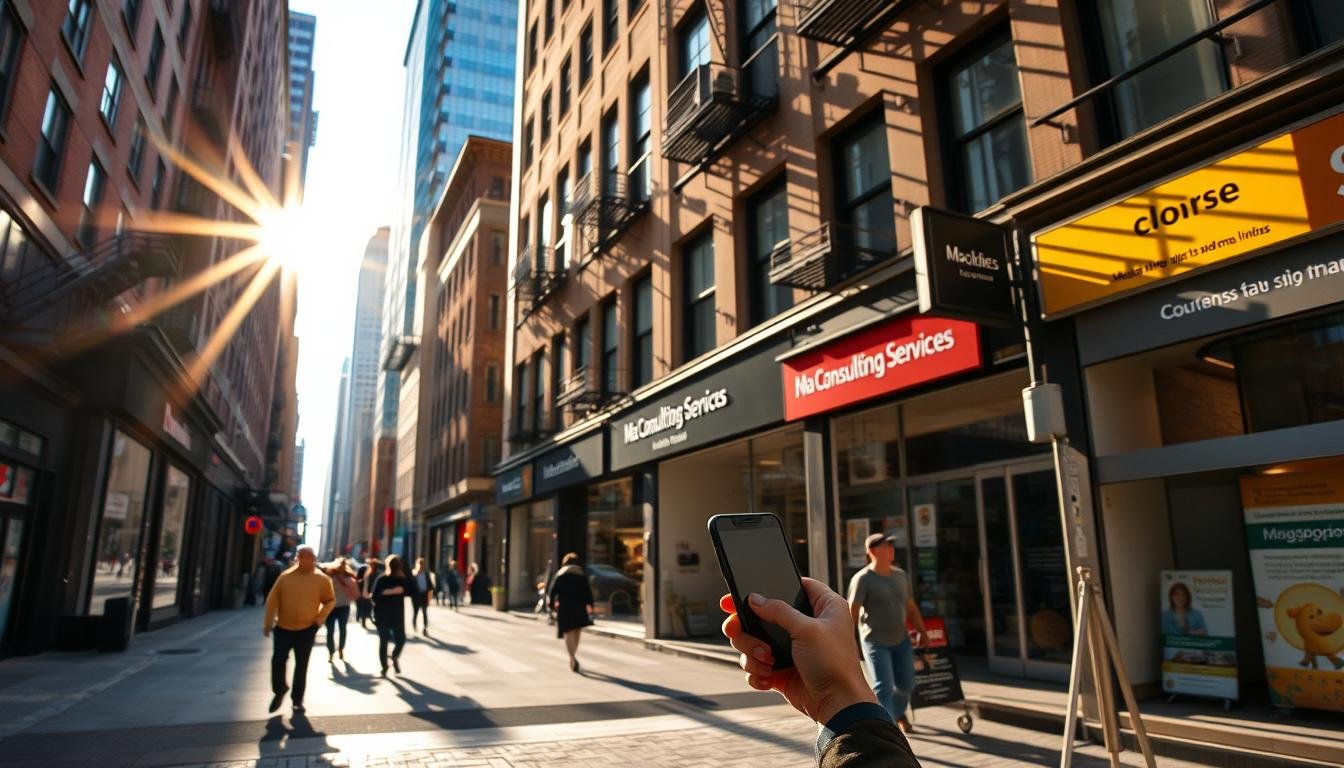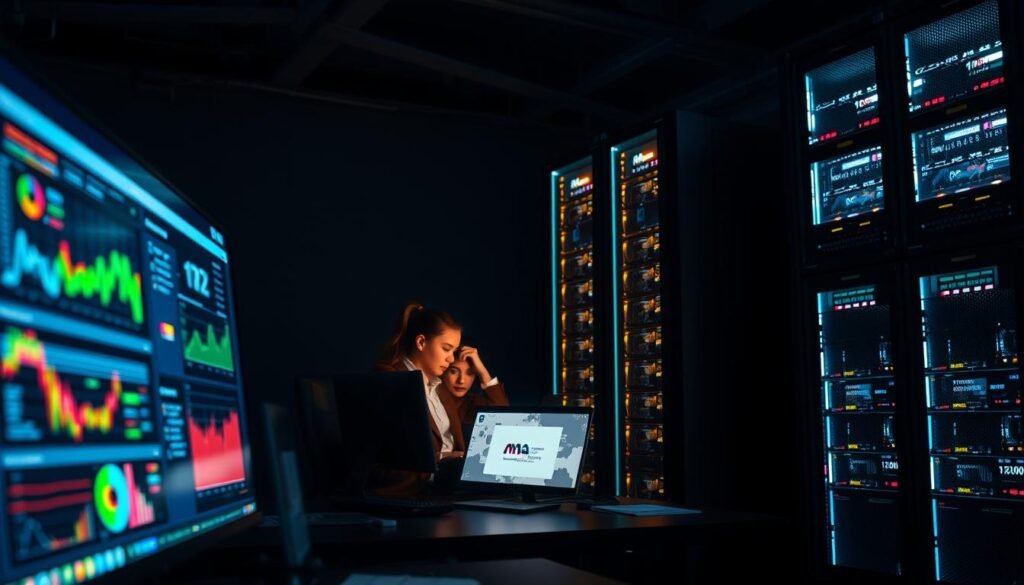Did you know that using hyperlocal marketing can boost foot traffic? It works best when targeting local residents. By focusing on specific areas, businesses can create content that really speaks to the community. This helps increase engagement and builds stronger connections.
Hyperlocal targeting means focusing on specific neighborhoods or areas. It lets you share content that’s just right for people nearby. By sharing local deals and discounts, you can grab the attention of those living close by.
Studies show that local content gets more attention. People like messages that feel personal. By using deals and offers for those nearby, you can make your marketing budget work harder. This way, local businesses can stand out against big companies by knowing their community well.
Key Takeaways:
- Hyperlocal targeting focuses marketing efforts on specific neighborhoods, making content more relevant and engaging.
- Offering local deals and discounts can increase foot traffic to your business, which is great during busy times.
- Creating content for local audiences leads to better engagement and more effective marketing spending.
- Using promotions that focus on neighborhoods helps local businesses compete with bigger companies.
- It’s important to keep an eye on metrics like engagement and conversion to improve your hyperlocal marketing.
Understanding the Importance of Neighborhood-Specific Offers
In today’s market, businesses need to adapt to reach local customers. Focusing on neighborhood-specific offers can boost sales. Tailoring promotions to meet each community’s needs is key.
Studies show local marketing is vital. Mobile searches for businesses vary by type and time. For example, coffee shops are searched in the morning, and restaurants at lunch. This highlights the need to match offers with neighborhood rhythms.
Why Local Marketing Matters
Local marketing helps connect with nearby customers. By tailoring your approach to each neighborhood, you can increase awareness and loyalty. Here are some interesting stats:
| Neighborhood Type | Peak Search Times |
|---|---|
| Residential Areas | Commutes and Early Evenings |
| Business Districts | Lunch Hours |
To make the most of these trends, create neighborhood-specific landing pages. Use the right URL structure to boost SEO and local search dominance.
Benefits of Targeted Offers
Targeted offers for specific neighborhoods offer many benefits. They help you understand and meet each community’s needs. This leads to higher relevance, differentiation, and stronger community ties.
- Increase relevance and appeal to local customers
- Differentiate your business from competitors
- Build stronger connections with the local community
- Drive higher conversion rates and sales
To enhance your offers, consider adding incentives like raffles or gifts. Reviews mentioning local landmarks can also boost your SEO.
Analyzing Community Needs
Understanding community needs is essential for effective offers. By knowing demographics, preferences, and pain points, you can tailor promotions. Consider local events, weather, trends, and consumer behavior.
- Local events and traditions
- Seasonal weather patterns
- Economic and social trends
- Consumer behavior and preferences
By using data and collaborating with locals, you can create offers that truly resonate. This approach boosts your marketing and shows your commitment to the community.
At Ma Consulting Services, we help businesses create neighborhood-specific offers. Our experts can guide you in analyzing needs, crafting promotions, and optimizing local marketing. Contact us to learn how we can help you succeed locally.
Developing Tailored Offers for Your Community
To make promotions that speak to your local audience, you need to know what they like and need. A detailed neighborhood preference analysis can give you insights into what drives them. This helps you understand their behavior better.

Watching email metrics like unique open rates and click rates is key. It helps you see what your hyper-local subscribers are interested in. This data guides your tailored community offers, making sure your messages match what your local customers care about.
Collaborating with Local Businesses
Working with other local businesses can boost your tailored community offers. Local business collaboration makes your offerings more appealing to everyone. Here are some points to consider:
- Targeting your email marketing to a very local level can really up your game. It leads to better engagement and sales.
- Segmenting your email list by exact location makes your messages more personal. This builds a stronger bond with your subscribers.
- Many email services let you tag subscribers by location. This makes it easy to create groups based on where they live.
Crafting Compelling Promotions
Creating compelling promotion creation strategies means using personal touches. Adding neighborhood-specific details to your offers can make your audience feel more connected. Here are some tips:
- Use local customer reviews and testimonials in your ads. It builds trust and credibility.
- Host contests or giveaways that are just for your neighborhood. It taps into the community’s spirit and desire for unique experiences.
- Make your messages specific to your neighborhood. Highlight local trends, events, home prices, and amenities that matter to your audience.
By using these strategies and working with Ma Consulting Services, you can make tailored community offers that really speak to your local market. This can increase engagement, loyalty, and sales.
Implementing and Promoting Your Offers
Now that you’ve made offers for your local community, it’s time to act. It’s key to promote your offers well to boost local sales and connect with your audience.
Utilizing Social Media for Local Engagement
Social media like Facebook and Instagram are great for local engagement. Share your latest reviews on these platforms to increase brand awareness and show your local reputation. Research shows 92% of consumers read reviews before buying, so it’s vital to use positive feedback.
- Create location-specific social media pages or groups
- Engage with local influencers and community leaders
- Share user-generated content from local customers
- Participate in neighborhood events and discussions online
Email Marketing Strategies for Neighborhoods
Email marketing is a strong tool for reaching local buyers and sellers. Use it to tell your audience about market changes, like more inventory and lower mortgage rates. Segment your emails by neighborhood or zip code for targeted content.
Here are some tips to boost your email marketing:
- Personalize subject lines and content for each neighborhood
- Highlight local success stories and testimonials
- Provide valuable insights and updates specific to each community
- Include clear calls-to-action to encourage engagement
Measuring Success and Making Adjustments
It’s important to keep an eye on your marketing campaign’s performance. Look at metrics like offer redemption rates, website traffic, and customer engagement. Use this data to improve your strategies and make needed changes.
| Key Metric | Measurement Tool | Optimization Strategy |
|---|---|---|
| Offer Redemption Rate | Point-of-Sale System | Adjust offer terms and promotion channels |
| Website Traffic | Google Analytics | Improve local SEO and targeted ad campaigns |
| Customer Engagement | Social Media Insights | Create more engaging content and encourage user interaction |
By regularly checking your offer’s success and making smart changes, you can keep your local marketing effective and impactful.
The key to successful offer implementation and promotion is to stay agile and responsive to the unique needs and preferences of each local community.
The Role of Ma Consulting Services in Your Strategy
Ma Consulting Services is key in creating offers that boost local sales. Our experts focus on local market analysis. This helps us spot trends and preferences in your area.
With our help, you can target buyers and sellers in your community. This opens up chances to grow your business in today’s market.
How We Can Help You Design Targeted Offers
We understand your local market well. We study consumer behavior and community needs. This lets us make offers that speak to your audience.
With our advice, you can create promotions that meet the needs of your neighborhood. This boosts chances of success and builds loyal customers.
Our Approach to Local Market Analysis
Our local market analysis is deep and detailed. We look at demographics, economy, and competition. This helps us find new opportunities and challenges.
We mix data with insights from the community. This gives us a full picture of your market. It guides our strategic decisions and offer design.
Contact Us for Expert Guidance
Want to know how Ma Consulting Services can help you? Call us at +1 (951) 271-8256 or visit our website. We’re here to talk about how we can help you reach your local market. This can drive sales and growth for your business.
FAQ
What is hyperlocal targeting, and how does it benefit businesses?
Hyperlocal targeting means focusing on specific areas, like neighborhoods or commercial districts. It helps businesses send content that’s just right for people nearby. This makes ads more effective and builds stronger community ties.
Why is local marketing so important for small businesses?
Local marketing is key for small businesses to grow. It uses many digital tools like SEO and social media ads. Targeting local customers with ads can boost brand awareness over time.
How can businesses develop tailored offers for their community?
To make offers for your community, find key people or businesses to work with. Use their influence to spread your message. Make your ads stand out by using customer feedback and local trends.
What strategies can businesses use to promote their neighborhood-specific offers?
Share customer reviews on social media to show your local reputation. Use email marketing to keep people updated on market changes. Always check how your marketing is doing and make it better.
How can Ma Consulting Services help businesses design targeted offers for their local market?
Ma Consulting Services can help by studying your local market and finding trends. They guide you to make offers that grab attention. Call them at +1 (951) 271-8256 or visit their website to talk about how they can help.
Source Links
- https://www.localfalcon.com/blog/hyperlocal-targeting-how-to-reach-audiences-in-your-neighborhood
- https://blog.prospectsplus.com/craft-the-perfect-campaign-to-drive-real-estate-activity-this-fall/
- https://marklamplugh.com/facebook-ads-focused-on-local-neighborhoods-and-zip-codes/
- https://owdt.com/article/hyperlocal-seo-how-to-target-specific-neighborhoods-and-micro-communities/
- https://www.frbsf.org/research-and-insights/publications/community-development-investment-review/2016/08/understanding-middle-market-neighborhoods-as-vital-parts-of-regional-economies
- https://www.conquestgraphics.com/blog/conquest-graphics/2020/11/30/the-ultimate-guide-to-neighborhood-marketing?srsltid=AfmBOoqOrOM31hpARwUIibTCI-nuWbkhvg2U7aS_K_WfxeW2PSUi1L1Z
- https://www.velocityokc.com/blog/member-news/hyper-local-email-marketing-how-to-use-email-to-reach-your-local-community-more-effectively/
- https://localhousingsolutions.org/policy-objectives/strengthening-communities-through-community-development-activities/
- https://www.wordstream.com/blog/ws/2020/12/15/local-marketing-ideas
- https://www.conquestgraphics.com/blog/conquest-graphics/2020/11/30/the-ultimate-guide-to-neighborhood-marketing?srsltid=AfmBOoqOZx-Ne0kGEKkTJ2pNR8hjsIY9ITPuiK_anNb26veB_F7DC5ZD
- https://www2.deloitte.com/content/dam/Deloitte/us/Documents/mergers-acqisitions/us-ma-consulting-leading-through-transition-022315.pdf
- https://www.bain.com/consulting-services/mergers-acquisitions/

